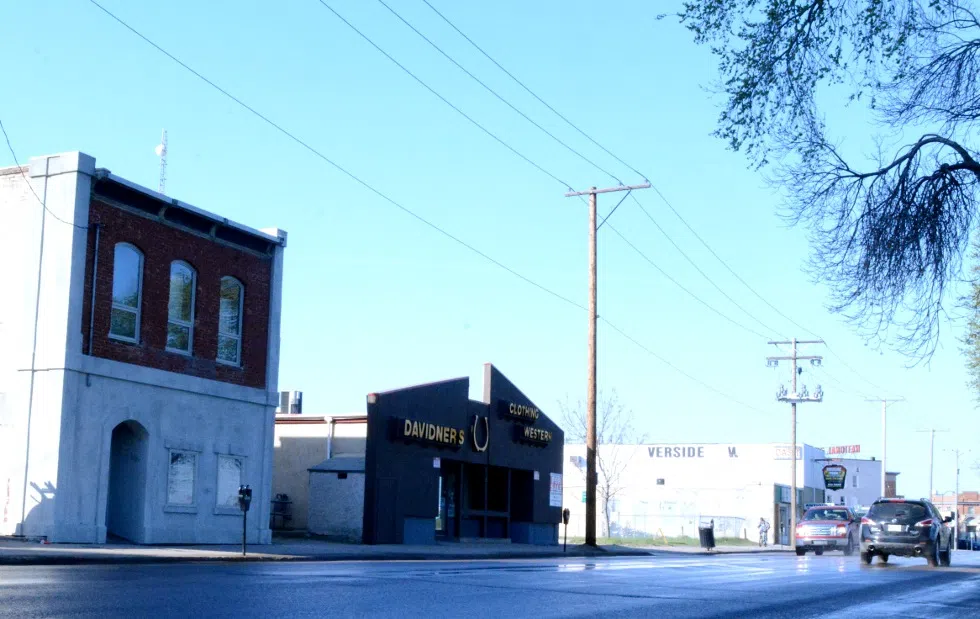
City’s road map calls for riverbank revitalization
Prince Albert’s long-term vision includes a revitalized riverbank, and city officials have sketched out what that could include.
The Official Community Plan has been described as Prince Albert’s “road map” for the future and covers topics such as land use, infrastructure, the environment and the flood plain. Within this guide, is a section contains a number of suggested changes aimed at improving the riverfront park and trail system, which is described as one of the city’s greatest assets.
“However it is underused and often seen as an unsafe place. There is noticeable drug use and other illegal activities occurring in the park, particularly after business hours,” the document states.
The plan acknowledges that the park system and the surrounding neighbourhoods sit within the flood plain (both a one-in-100 year and a one-in-500 year flood plain). To this end, the plan recommends constructing a dike on the riverbank, which would lead to opportunities to create a new riverfront pathway on top of the dike.


